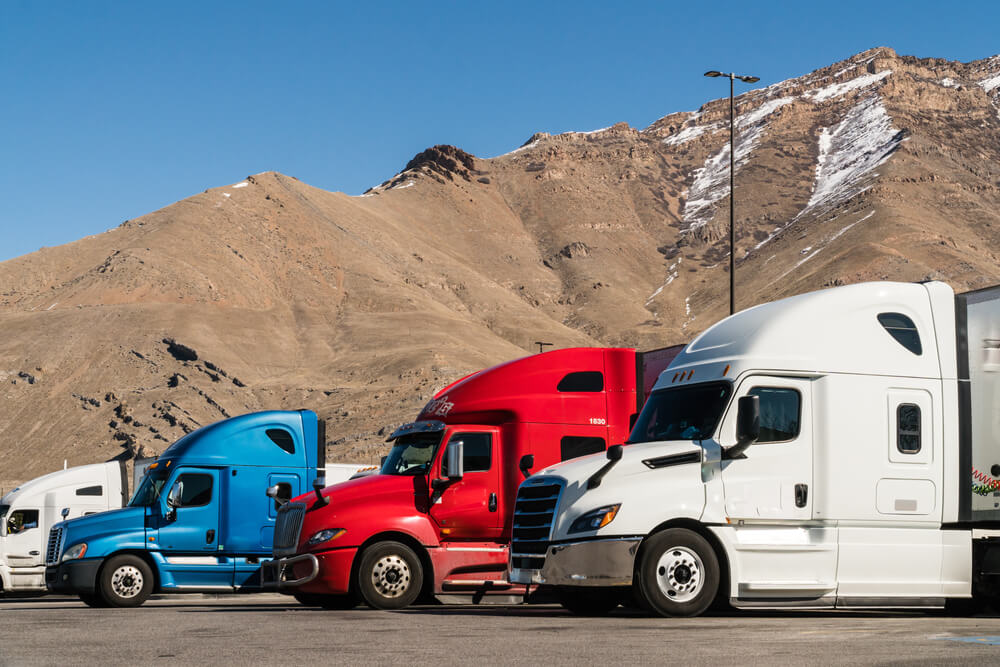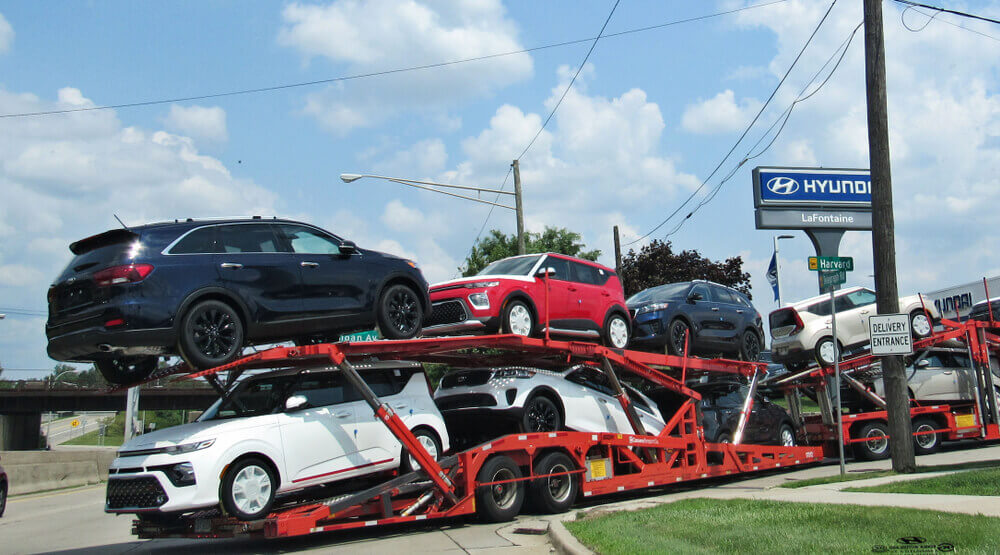
Transportation is the lifeblood of modern society, facilitating the movement of people, goods, and services across vast distances. From the earliest forms of human migration to the intricate global supply chains of today, the transport process has played a pivotal role in shaping our world. Understanding this complex system is crucial for comprehending the dynamics of trade, economic development, and societal interactions. Let’s delve into the intricacies of the transport process and its significance in our daily lives. https://www.shipsaving.com/blog/5-tips-for-shipping-a-vehicle
Evolution of Transport: From Footpaths to Highways
The history of transportation can be traced back to ancient times when humans relied on footpaths, rivers, and animal-drawn carts for movement. Over millennia, innovations such as the wheel, sailboats, and later, steam engines, revolutionized the way we travel and trade. The 20th century witnessed unprecedented advancements, including automobiles, airplanes, and container ships, shrinking the world and connecting distant corners like never before. Today, we stand at the cusp of a new era with the emergence of electric vehicles, hyperloop technology, and autonomous drones promising even faster and more efficient transport solutions.
Modes of Transport: A Multifaceted Network
Transportation encompasses various modes, each catering to specific needs and contexts. Land transport, including roads, railways, and pipelines, remains the backbone of many economies, enabling the movement of goods and commuters within and across borders. Water transport, through oceans, rivers, and canals, facilitates international trade by providing cost-effective shipping routes for bulk cargo. Meanwhile, air transport offers unparalleled speed, connecting distant locations and supporting industries such as tourism and global business operations. Emerging modes like space travel and underground tunnels hint at a future where transport knows no bounds.
The Global Supply Chain: Connecting Producers and Consumers
At the heart of the transport process lies the global supply chain—a complex network of producers, distributors, retailers, and consumers interconnected through a web of transportation links. Raw materials sourced from distant mines are transported to factories for processing, assembly, and distribution to markets worldwide. Just-in-time logistics Strategies ensure that products reach consumers swiftly, driving economic growth and consumer satisfaction. However, the fragility of this system is exposed during disruptions such as natural disasters or pandemics, underscoring the need for resilience and adaptability.
Challenges and Opportunities: Navigating the Road Ahead
Despite its undeniable benefits, the transport process also poses significant challenges, including congestion, pollution, and safety concerns. Urban areas grapple with traffic gridlock and air pollution caused by excessive reliance on Private vehicles. Meanwhile, carbon emissions from transport contribute to climate change, necessitating a shift towards sustainable alternatives such as electric vehicles and public transportation. Moreover, ensuring the safety and security of passengers and cargo remains paramount in an increasingly interconnected world.
However, amidst these challenges lie opportunities for innovation and transformation. The rise of smart cities and intelligent transportation systems promises to optimize traffic flow, reduce emissions, and enhance the overall efficiency of transport networks. Advances in renewable energy and alternative fuels offer hope for a greener, more sustainable future. Furthermore, collaborative efforts among governments, businesses, and civil society are essential to address shared challenges and build a more resilient and inclusive transport infrastructure.
Conclusion: Towards a Connected Future
In conclusion, the transport process is a dynamic and essential component of modern society, facilitating economic growth, cultural exchange, and human progress. From ancient trade routes to futuristic hyperloops, transportation has evolved alongside human civilization, shaping our lives in profound ways. As we navigate the complexities of the transport system, we must prioritize sustainability, resilience, and inclusivity to ensure a brighter and more connected future for generations to come.
